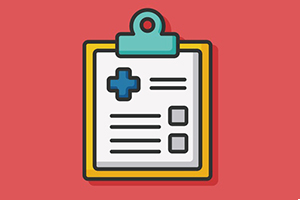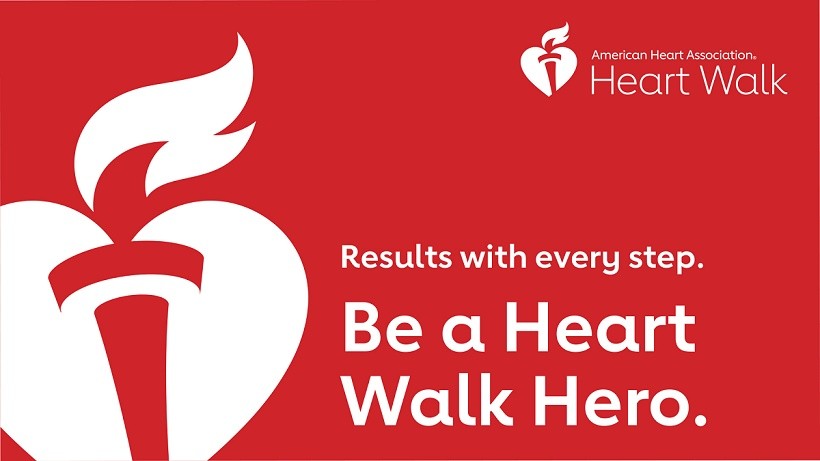![]()
Blog @ SunTech
Advice from the BP Measurement Experts
5 Myths About Vital Signs Automation and EHR's
 Anyone who has been a patient in a doctor’s office knows what it’s like to get their blood pressure (“hold still while I inflate this cuff”), body temperature (“put this under your tongue”), and weight (“don’t worry, I’m sure your clothes add a few pounds”) measured. Historically, the nurse would write all of the measurements down on a paper chart for the doctor to review, and the chart would later go into the patient’s permanent file. But really, paper and pen are so 20th Century. Aren’t they?
Anyone who has been a patient in a doctor’s office knows what it’s like to get their blood pressure (“hold still while I inflate this cuff”), body temperature (“put this under your tongue”), and weight (“don’t worry, I’m sure your clothes add a few pounds”) measured. Historically, the nurse would write all of the measurements down on a paper chart for the doctor to review, and the chart would later go into the patient’s permanent file. But really, paper and pen are so 20th Century. Aren’t they?
Well…yes and no. Politicians like to talk about reducing health care costs through the use of Electronic Health Records (EHR's) and have created financial incentives that the industry calls “Meaningful Use” to catalyze adoption. These incentives, combined with the promise of improved operating efficiency and quality of care, have resulted in fairly aggressive EHR adoption by doctor’s offices, outpatient facilities, and even some nursing homes and rehab centers. The bulk of these facilities have seen significant improvements in things like coding, billing/reimbursement and transcription errors. But regardless of the state of the art, most nurses still write vital signs down on paper—or palm/arm/any exposed skin—or manually type them into a computer. Why? How hard can it be for the numbers on that vitals device display to automatically appear on that EHR screen? Great question. Here are a few misconceptions that may shed some light on this issue:
- Vitals-to-EHR connectivity for some devices is ‘plug-and-play’. Ummm…no it’s not. Every device on the market today will need some kind of interface to be installed that will translate the measurement data from the device into a format that the EHR database can understand and use. Even vendors that claim ‘compatibility’ with a specific EHR vendor will need an interface installed to actually start sending data successfully. Of course, somebody has to install the interface too, which leads us to the next myth:
- The device manufacturer/EHR vendor/third-party integrator will take care of it. Maybe. But the lines dividing who is responsible for what are blurry at best when it comes to device interoperability. Who’s going to install the interface? Who’s going to make sure the device is connected properly to the network? Who’s going to verify that the data is sent correctly to the EHR? Who’s going to make sure that all transmitted patient data is secure and HIPAA compliant? It’d be nice if you could call a single phone number to take care of all these things, but we ain’t there yet.
- Vitals-to-EHR connectivity is cheap. The vendor-provided interface might be free. Then again, it might not be. If the interface is provided by a third-party integrator, then for sure you’ll need to write them a check. Regardless of the interface cost, there’s a much higher chance that the EHR vendor will charge some kind of fee to connect your vitals device to their system. That fee might range from a few hundred well into the thousands of dollars, depending on the vendor and the number and type of devices you want to connect. Buyer beware.
- Automated vitals will eliminate errors. Certainly automating your vitals workflow can help reduce transcription errors, but it’s virtually impossible to create a system that eliminates errors altogether. As long as humans are part of the process, there’s a possibility to make mistakes. And I can say that because I’m human myself, and lord knows I’ve made my fair share. However the vitals workflow is configured, clinicians will still need to be vigilant when entering data into the EHR, regardless of the safeguards in place. Don’t allow automation to create a culture of complacency. That would be bad.
- Automated vitals are always faster than manual. Similar to the aforementioned myth, just because it can doesn’t mean it will. It’s important to think through how vitals will be documented once the workflow is automated BEFORE any automation is put in place. Make sure everyone who’ll be using the system has a say and understands the changes that will take place. If the new process is more burdensome or difficult to use than good old pen and paper, it’ll be tough to get staff to comply. In which case, why bother?
As a vital signs device manufacturer, we certainly want to help make vital signs workflow automation a reality for our customers and have that goal squarely in our sights as we look at new products and ways to improve current ones. And there’s no denying that some physician offices, nursing homes, and ambulatory clinics are well positioned to realize concrete benefits. But it’s going to be tough for everyone else until something fundamental changes in the market to make vitals automation more standardized and cheaper to implement. Until then—keep those pens handy.
Interested in getting more SunTech news, product info, as well as
tips, tricks, and insights from BP experts?
Sign up to get fresh content delivered direct to your inbox.



